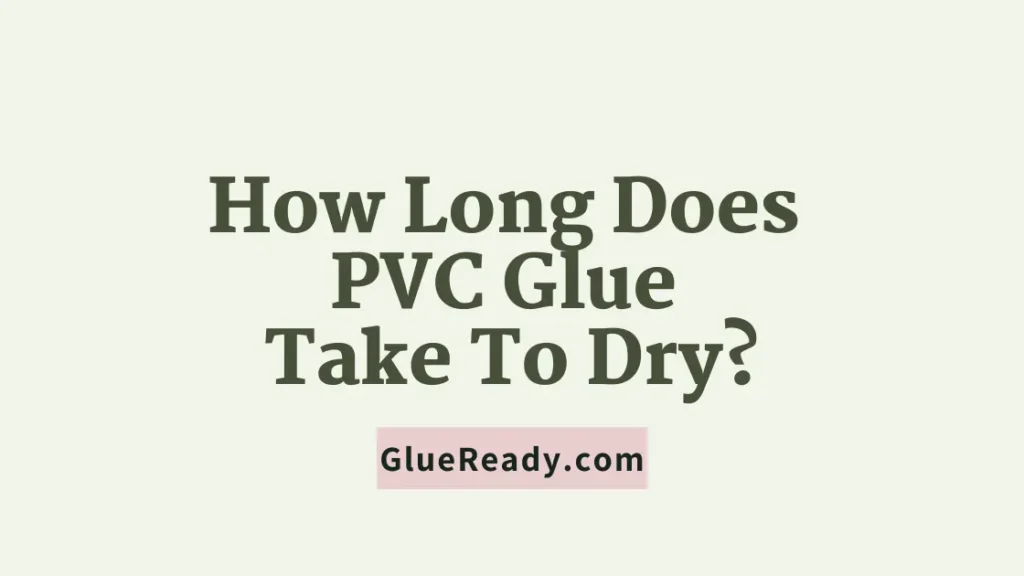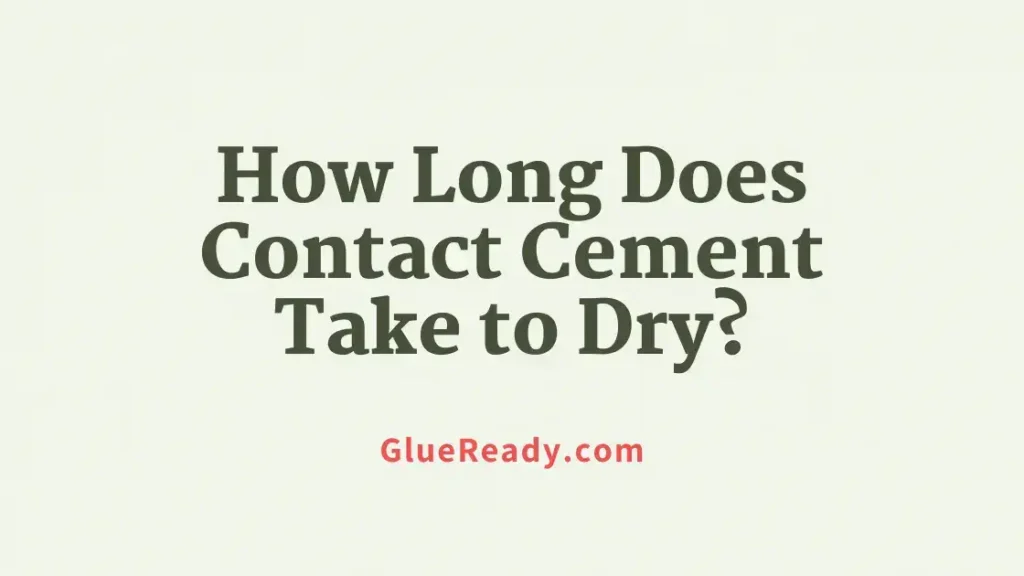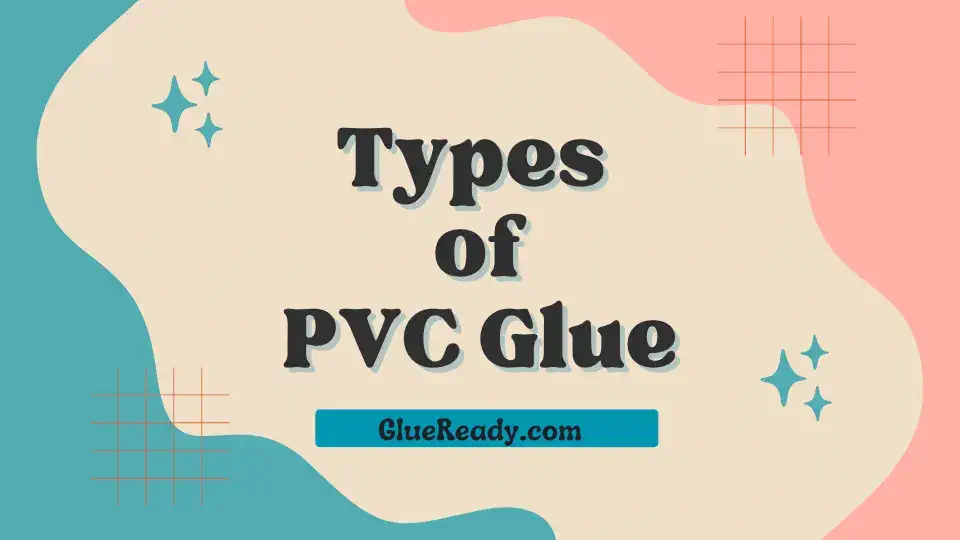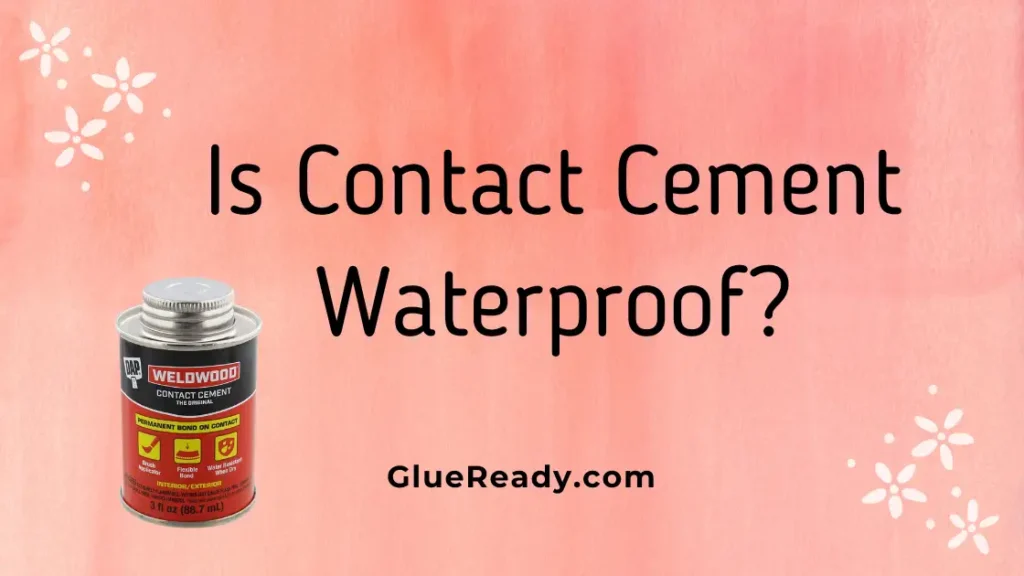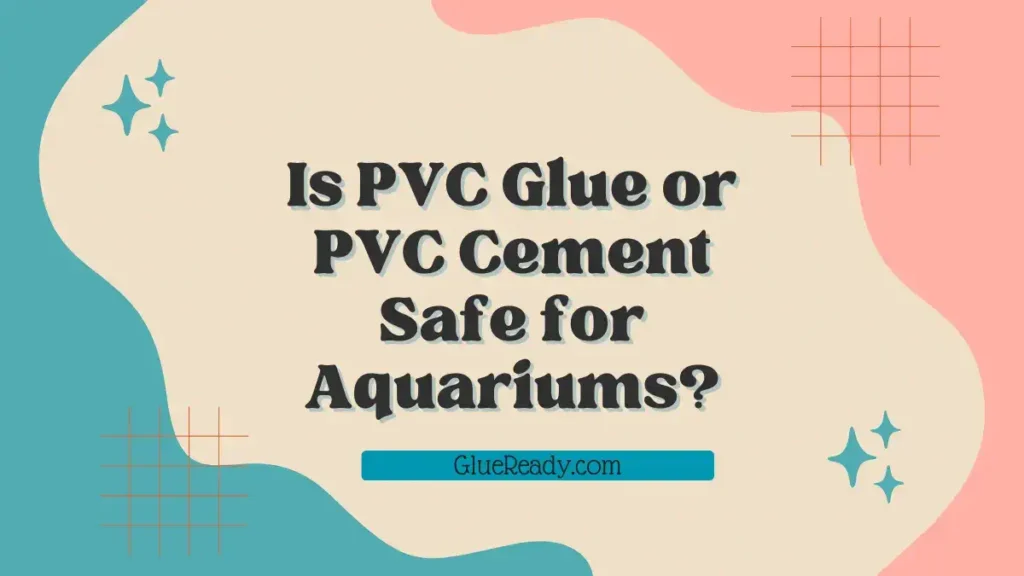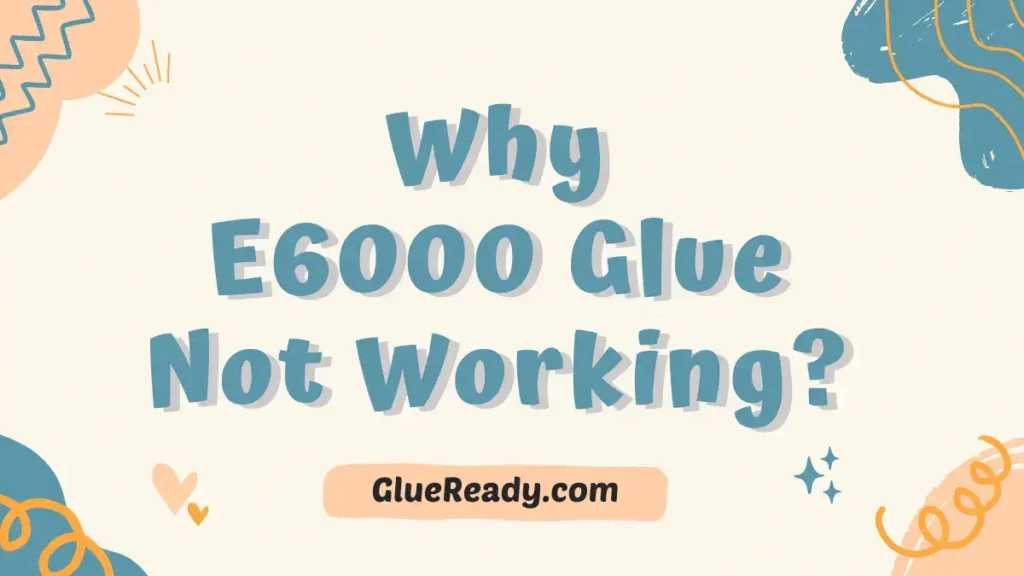Does Shoe Goo Work on Leather, Fabric & Plastic?

When it comes to extending the life of your favorite pair of shoes, there’s no shortage of products on the market that claim to offer a quick fix.
Among these products, Shoe Goo has gained considerable attention as a potential solution for repairing footwear. But does Shoe Goo work, or is it just another gimmick?
In this article, I will delve into the effectiveness of Shoe Goo as a shoe repair product.
Read More: E6000 vs Shoe Goo
Understanding Shoe Goo: What Is It?
Shoe Goo is a versatile adhesive and sealant that is specifically designed for repairing and protecting footwear.
Marketed as a solution for fixing worn-out soles, damaged heels, and other shoe-related issues, Shoe Goo has become a go-to product for individuals looking to save money by extending the lifespan of their shoes.
Individual experiences with Shoe Goo can vary widely. Many users report successful repairs that have extended the life of their shoes, particularly for minor damage like sole separation.
Others, however, find that the repairs are not as durable as they had hoped, especially for more extensive damage.
The key seems to be in managing expectations and using Shoe Goo for appropriate types of repairs.
How Does Shoe Goo Work?
Shoe Goo works by forming a flexible and durable bond between different materials commonly found in shoes, such as rubber, leather, vinyl, and canvas.
Its adhesive properties are intended to hold shoe components together and provide a protective layer that can help prevent further damage from friction, water, and other environmental factors.
The application process typically involves cleaning the area to be repaired, applying Shoe Goo, and allowing it to cure for a specified period of time.
Once cured, Shoe Goo forms a rubber-like consistency that is meant to mimic the original shoe material.
Shoe Goo can be a useful tool for repairing shoes and preventing minor damage from worsening.

Read More: How to Use Shoe Goo to Repair Your Shoes?
Does Shoe Goo Work on Leather?
Yes, Shoe Goo works on leather. Shoe Goo is an adhesive and sealant that bonds well with various materials, including leather.
Shoe Goo is also waterproof and flexible, making it ideal for repairing leather shoes or boots.
However, Shoe Goo takes a long time to dry and cure, so if you are applying this glue to leather shoes or boots, you need to leave them undisturbed for at least 24 hours.
You also need to make sure the leather surface is clean, dust-free, and dry before using Shoe Goo.
Shoe Goo can be used to fix holes, tears, cracks, or loose soles on leather shoes or boots.
It can also be used to rebuild worn-out areas, such as the toe or heel of a shoe.
Shoe Goo comes in clear or black colors, and you can choose the one that matches your leather shoes or boots best.
Keep in mind that while Shoe Goo can be effective for certain leather repairs, it might not be suitable for all types of damage.
It’s always a good idea to test a small, inconspicuous area first to ensure that the adhesive bonds well with the specific type of leather you’re working with.
Does Shoe Goo Work on Fabric?
Shoe Goo can work on fabric, but there may be better and faster alternatives.
Shoe Goo can be applied to many fabric types, such as nylon, polyester, or mesh. It can reinforce weak spots or repair rips and loose seams.
However, Shoe Goo takes a long time to dry and cure, so you need to leave the fabric undisturbed for at least 24 hours after applying the glue.
You also need to make sure the fabric surface is clean, dust-free, and dry before using Shoe Goo.
Shoe Goo may also leave a visible mark or stain on the fabric, especially if it is a light color.
Therefore, you may want to consider other options for repairing fabric, such as sewing, iron-on patches, or fabric glue.
Does Shoe Goo Work on Plastic?
Shoe Goo is a versatile adhesive that works well with various materials, including plastic.
Shoe Goo can be used to repair shoes and shoe parts made of vinyl plastic, as well as other household items made of plastic.
However, Shoe Goo may not work well with some types of plastics, such as HDPE or LDPE.
Shoe Goo takes a long time to dry and cure, so you need to leave the plastic undisturbed for at least 24 hours after applying the glue.
You also need to make sure the plastic surface is clean, dust-free, and dry before using Shoe Goo.
Shoe Goo may also leave a visible mark or stain on the plastic, especially if it is a light color.
Therefore, you may want to consider other options for repairing plastic, such as super glue or epoxy glue.
Final Thoughts
Shoe Goo is an amazing product that can help you save money and extend the life of your shoes.
It is easy to use, effective, durable, versatile, and customizable.
Whether you want to fix a hole in your sole, rebuild your heel, or waterproof your shoes, Shoe Goo can do it all. However, it’s important to understand its limitations.
While Shoe Goo can provide a temporary solution for extending the life of your shoes, it might not be the best option for more severe damage or for those seeking a completely seamless repair.
Hopefully, now you know the answer, Does Shoe Goo Work on Leather, Fabric & Plastic, or not?

